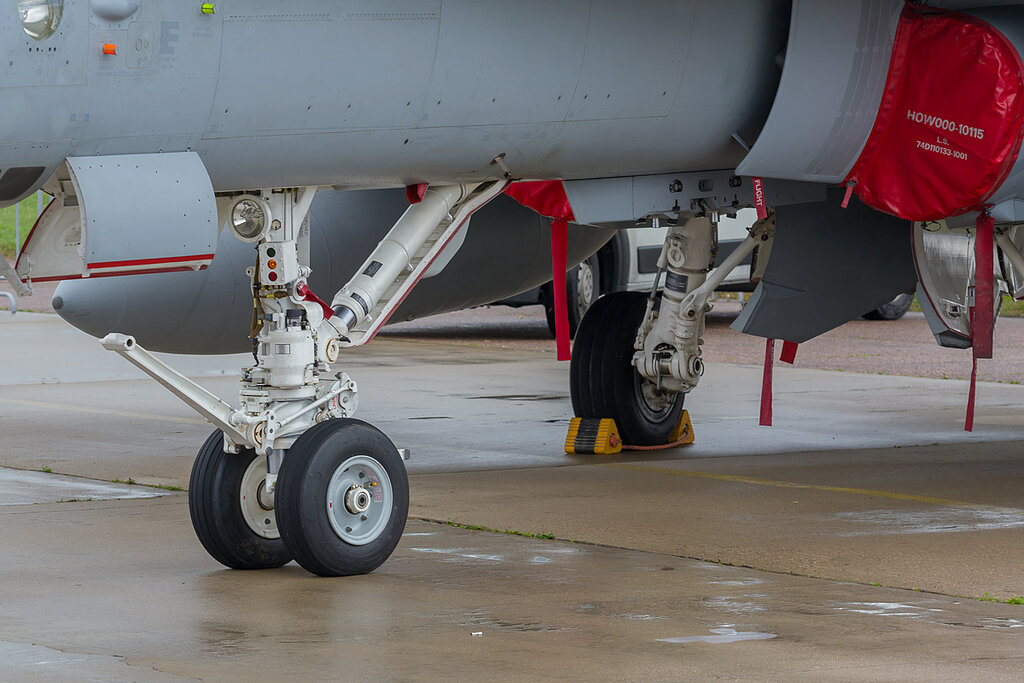Analysts : Super Hornet faces emerging anti-access / area denial challenges
Dave Majumdar : Analysts are questioning Super Hornet's usefulness in the Pentagon's Air Sea battle concept to fight in an anti-access / area denial environment.
===
The US Navy is upgrading its fleet of Boeing F/A-18E/F fighters with new capabilities, but analysts question the Super Hornet's utility against emerging anti-access/area denial (A2/AD) threats.
"Upgrading the F/A-18 family is a good idea, and it could extend their service lives," says analyst Mark Gunzinger of the Center for Strategic and Budgetary Assessments (CSBA). "That being said, F/A-18-based platforms are short-range, lack unrefueled persistence, and are best suited for operations in relatively uncontested airspace."
But in the future, uncontested airspace is unlikely to remain the norm as potential adversaries develop means to deny US forces access to a region, US Department of Defense (DoD) officials and analysts say. Many future conflict zones are likely to be heavily defended by new surface-to-air systems, advanced aircraft and other weapons such as anti-ship cruise missiles and ballistic missiles.
The DoD is developing a concept called AirSea battle, which calls for the USN and US Air Force to work together to an unprecedented degree to overcome those challenges.
The problem is most acute in the Pacific theatre, where the USN's aircraft carrier fleet would be the tip of the spear. The mainstay of the carrier decks is the F/A-18 fleet, but those aircraft might not be up to the task.
"They are not well-suited for AirSea battle-like operations against a highly capable enemy equipped with advanced anti-access/area denial systems," Gunzinger says. New surface-to-air weapons and emerging airborne threats pose a lethal threat to non-stealthy aircraft.
"This isn't just a navy issue of course, the same can be said about the air force's F-15 and F-16 fleet," Gunzinger says. "All three legacy fighter platforms would be outmatched in a fight against the [Chinese Chengdu] J-20 or [Russian Sukhoi] PAK-FA."
Analyst Jan Van Tol, also of the CSBA, says that the USN needs ask itself just how much effort it should expend in trying to upgrade its Super Hornet fleet. It also needs to ask itself just how useful those legacy aircraft are and over what time period. It also needs to ask itself what role those aircraft might still play in the emerging battlespace.
"How long before the sustained high-end A2/AD threat becomes really formidable and flying such aircraft becomes like flying Brewster Buffaloes in 1942?" he asks.
Gunzinger says that the in the western Pacific, the A2AD threat is already formidable enough that it poses a lethal problem for fourth-generation fighters. Iran could also pose similar challenges by about 2020, he says.
But, moreover, the carrier itself might be challenged in certain theatres as it nears the enemy's coast.
"Regardless of aircraft survivability, you still need to get the carriers close enough-tough to do early in a fight against [anti-ship cruise missiles] and [anti-ship ballistic missiles]," Gunzinger says.
One potential solution is to increase the distance the carrier might stay offshore, but that would require longer ranged stealth aircraft.
Current USN plans call for the F/A-18E/F to remain in service well into the 2030s before they are eventually replaced by an F/A-XX. The FA-XX, should it become a reality, is expected to be stealthy, have increased kinematic performance and offer significantly longer range compared to existing naval aircraft.
Meanwhile, later this decade, the stealthy Lockheed Martin F-35C will join the Super Hornet on the carrier deck, but the older aircraft will dominate the air wing for the foreseeable future. Even so, the F-35C probably does not have the kind of range the USN really needs.
With the US strategic shift towards the Pacific theatre, the problem of conducting operations inside A2AD environments has become a much more pertinent topic within the halls of the Pentagon.
When asked about plans for the future of naval aviation operating inside those environments, the USN leadership declined to comment. But in a separate interview about the service's plans for the Super Hornet fleet, Captain Frank Morley, the USN's programme manager for the F/A-18E/F and EA-18G Growler, says that the Super Hornet can and will play a role fighting in emerging A2AD environments.
The Super Hornet is designed for "balanced survivability," Morley says.
It will use a combination of signature management, stand-off weapons, counter-measures and jamming support from its EA-18G sibling to survive in heavily defended areas.
Morley says that the USN will not rely on any one weapon to fight in those complex environments but rather it will bring a host of capabilities to bear to defeat those threats.
"It an environment that the US Navy has to deal with," Morely says.
Boeing Super Hornet faces emerging anti-access challenges

 .
.

















